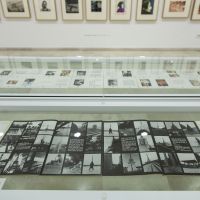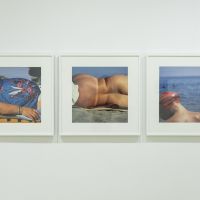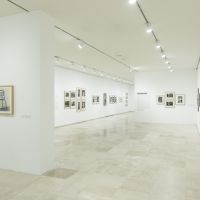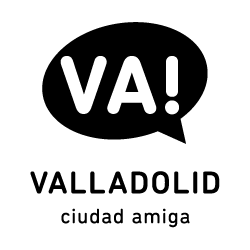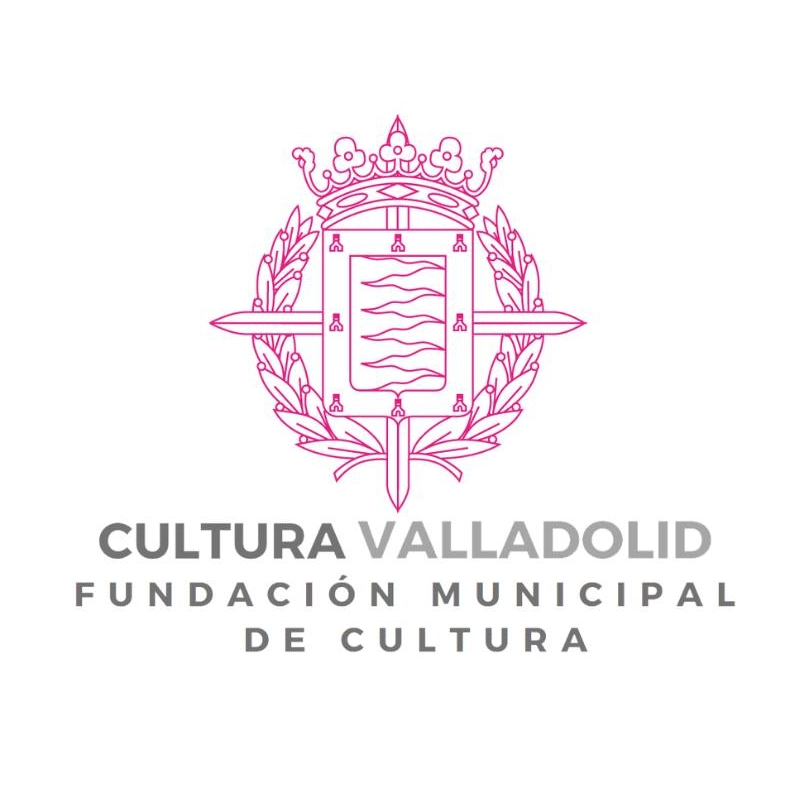DERIVACIONES
FotografÃa en España entre los 50 y los 80

[English version below]
Derivaciones propone una mirada panorámica sobre tres décadas de fotografÃa española, tomando como puntos respectivos de partida y de llegada, dos momentos de su historia en la segunda mitad del siglo XX: por un extremo, el movimiento de renovación que toma cuerpo a partir de mediados de los años cincuenta, y por el otro, la progresiva normalización e institucionalización del medio fotográfico que tiene lugar a lo largo de los ochenta.
El eje principal que guÃa esta visión retrospectiva reside en la atención al proceso de articulación del campo fotográfico y su configuración a través de diversos gestos generacionales, territoriales, programáticos, funcionales y estéticos, asà como la reacción en cada momento a las condiciones contextuales. Un proceso que configura también la progresiva consideración de la fotografÃa como práctica artÃstica autónoma de pleno derecho, y cuya culminación en la frontera de los noventa señala el lÃmite de esta exposición.
La propuesta busca el equilibrio entre el reflejo y la representación de las etapas, movimientos y posiciones que caracterizan la fotografÃa española en estas tres décadas, y la presencia individualizada de los diferentes autores, proponiendo a partir de ahà un juego de resonancias, diálogos y correspondencias, tanto como disonancias y bifurcaciones, entre estéticas, territorios y periodos.
Tres aspectos guÃan la selección de los contenidos de esta muestra y estructuran su hilo narrativo. Por una parte, la diversa relación y actitud que los diferentes grupos y autores mantienen con lo real, algo especialmente importante teniendo en cuenta las determinantes condiciones históricas vividas en España durante estas tres décadas. Por otra parte, la tensión que se desarrolla en la conformación del medio a lo largo del periodo entre función y expresión, utilidad y creación, con respecto a la imagen. Y, por último, el destacado papel desempeñado por determinadas revistas que sirvieron de aglutinantes para el despliegue de nuevos posicionamientos y especialmente para la configuración de decisivos impulsos y recambios generacionales.
Artistas participantes: Jaume y Jordi Blassi; Javier Campano; Carlos Cánovas; Leonardo Cantero; Francesc Català -Roca; Toni Catany; Koldo Chamorro; Joan Colom; Gabriel Cualladó; Juan Dolcet; Manel Esclusa; Joan Fontcuberta; Pere Formiguera; Ferrán Freixa; Cristina GarcÃa Rodero; Alberto GarcÃa-Alix; Paco Gómez; Fernando Gordillo; Cristobal Hara; Fernando Herráez; Manolo Laguillo; Chema Madoz; Ramón Masats; Oriol Maspons; Xavier Miserachs; Nicolás Muller; Francisco Ontañón; Miguel Oriola; Ouka Leele; Luis Pérez MÃnguez; Pablo Pérez MÃnguez; Carlos Pérez Siquier; Leopoldo Pomés; Humberto Rivas; JoaquÃn Rubio CamÃn; Jorge Rueda; Rafael Sanz Lobato; Alberto Schommer; José Suárez; Ricard Terré; Miguel Trillo; Manel Úbeda; Javier Vallhonrat; Ramón Zabalza.
DERIVATIONS. PHOTOGRAPHY IN SPAIN FROM THE 1950s TO THE 1980s
Derivations provides a panoramic view of three decades of Spanish photography, taking as its respective points of departure and arrival two moments in its history in the second half of the twentieth century: firstly, the renewal movement that took shape from the mid-1950s onwards, and secondly, the progressive standardisation and institutionalisation of photography that took place in the 1980s.
The main thread guiding this retrospective vision lies in the attention to the process of the articulation of photography and its configuration through various generational, territorial, programmatic, functional and aesthetic gestures, and the reaction at each moment to the contextual conditions. This process also shapes the progressive consideration of photography as an autonomous artistic practice in its own right, whose culmination on the border of the 1990s marks the limit of this exhibition.
The exhibition seeks a balance between the reflection and representation of the different stages, movements and positions that characterise Spanish photography in these three decades, and the individual presence of the different photographers, suggesting the interplay of resonances, dialogues and correspondences, together with dissonances and divisions between aesthetics, territories and periods.
Three different aspects guided the selection of the content for the exhibition and structured its narrative thread. Firstly, the diverse relationship and attitude that the different groups and photographers maintain with the real, which is particularly significant in view of the determining historical conditions experienced in Spain over these three decades. Secondly, there is the tension between function and expression, utility and creation, that developed in the shaping of photography in the period with regard to image. Finally, there is the major role played by certain journals that served as binders for the deployment of new positions and especially for the configuration of decisive generational impulses and changes.
Alberto MartÃn
Exhibition Curator


